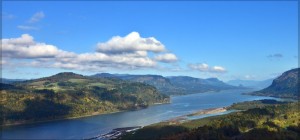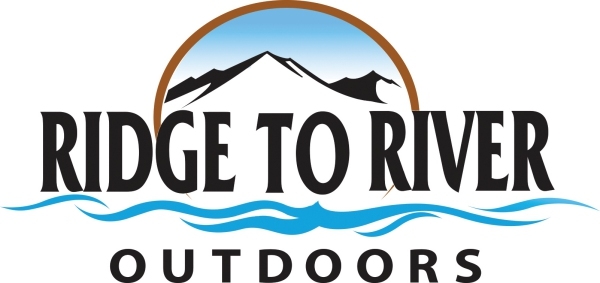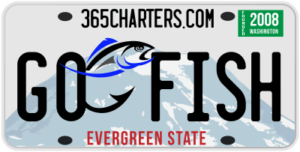The Columbia River is the largest river in the Pacific Northwest. The river rises in the Rocky Mountains of British Columbia, Canada.
Effective August 1st, 2024 we have suspended all river trips. We can offer suggestions on who to fish with. Just email us.
It flows northwest and then south into the state of Washington, then turns west to form most of the border between Washington and the state of Oregon before emptying into the Pacific Ocean.
The river is 1,243 miles long, and its largest tributary is the Snake River. Its drainage basin is roughly the size of France and extends into seven U.S. states and one Canadian province.

By volume, the Columbia river is the 4th largest river in the United States. It has the greatest flow of any North American river draining into the Pacific.
The Columbia River and its tributaries have been central to the region’s culture and economy for thousands of years.
Fishing Opportunity
The Columbia supports several species of anadromous fish that migrate between the Pacific Ocean and fresh water tributaries of the river including;
- Chinook – which are also known as Springers
- Coho – which are also known as Silvers
- Steelhead – Winter & Summer Steelhead
- Cutthroat trout
- Sockeye salmon
These are all ocean fish that migrate up the rivers at the end of their life cycles to spawn.
White sturgeon, which take 15 to 25 years to mature, typically migrate between the ocean and the upstream habitat several times during their lives.
Smallmouth Bass
The Columbia River also has an excellent Smallmouth bass fishery. With shoreline ranging from pastoral to rugged with abundant wildlife. While we do not provide guided bass fishing trips on the Columbia River, there are guides that do.
Few places look as spectacular under a bright blue sky as the Columbia River.
The Columbia River is the river of 100-fish days! On a good day between April and May it is not uncommon to catch 50 or more bass a day in the 2- to 4 1/2-pound range.
Five-pounders are not uncommon, with fish over 6 caught quite often. 50 – 100 fish days can be had at the peak of the spawn.
Some of the Columbia River’s best Smallmouth fishing can be found in the pools above Bonneville Dam, including The Dalles, John Day, and McNary.
The 45 miles of free-flowing river from the dam to Portland also boast an excellent fishery!
You can buy your fishing license online at WDFW.
Facts
- The Columbia receives more than 60 significant tributaries. The four largest that empty directly into the Columbia are the Snake River (mostly in Idaho), the Willamette River (in northwest Oregon), the Kootenay River (mostly in British Columbia), and the Pend Oreille River (mostly in northern Washington and Idaho, also known as the lower part of the Clark Fork).
- In 2000, about 6 million people lived within the Columbia’s drainage basin. Of this total about 2.4 million people lived in Oregon, 1.7 million in Washington, 1 million in Idaho, half a million in British Columbia, and 0.4 million in Montana.
- The main stem of the Columbia River has 14 dams, of which three are in Canada and 11 in the U.S. Four mainstem dams and four lower Snake River dams contain navigation locks to allow ship and barge passage from the ocean as far as Lewiston, Idaho.
- Humans have inhabited the Columbia’s watershed for more than 15,000 years, with a transition to a sedentary lifestyle based mainly on salmon starting about 3,500 years ago.
- In 1962, archaeologists found evidence of human activity dating back 11,230 years at the Marmes Rockshelter, near the confluence of the Palouse and Snake rivers in eastern Washington.
- In 1996 the skeletal remains of a 9,000-year-old prehistoric man (dubbed Kennewick Man) were found near Kennewick, Washington.



